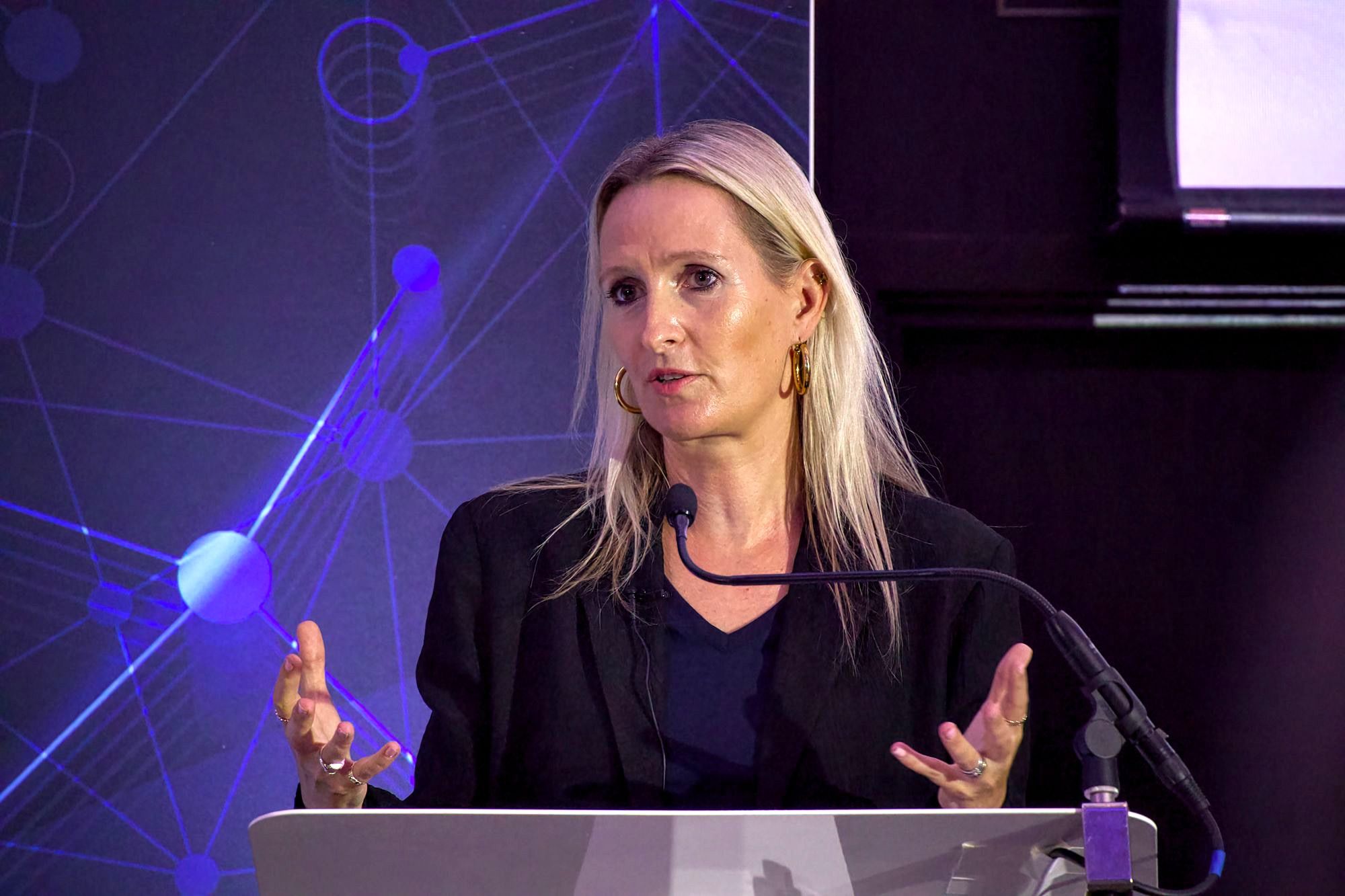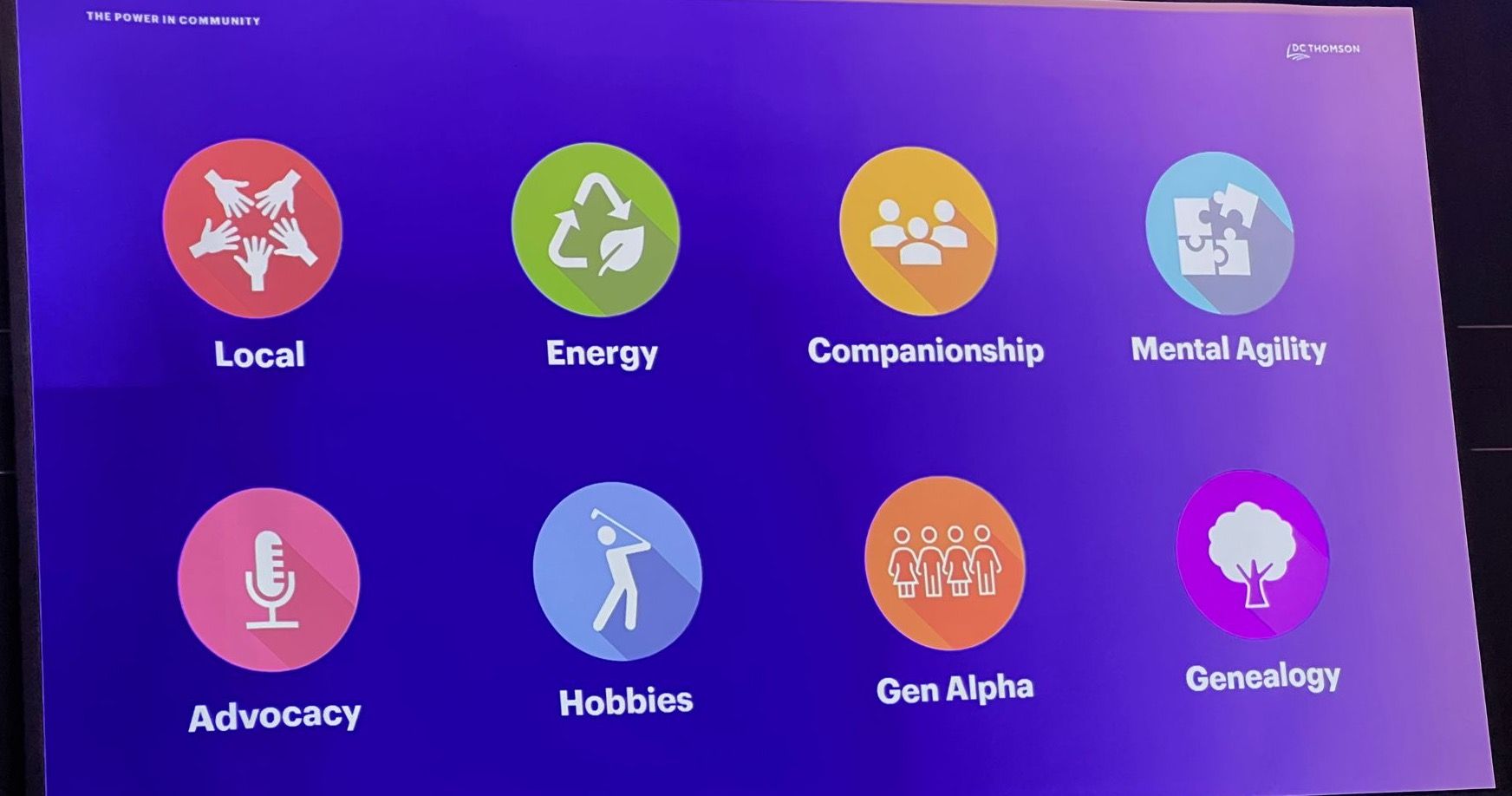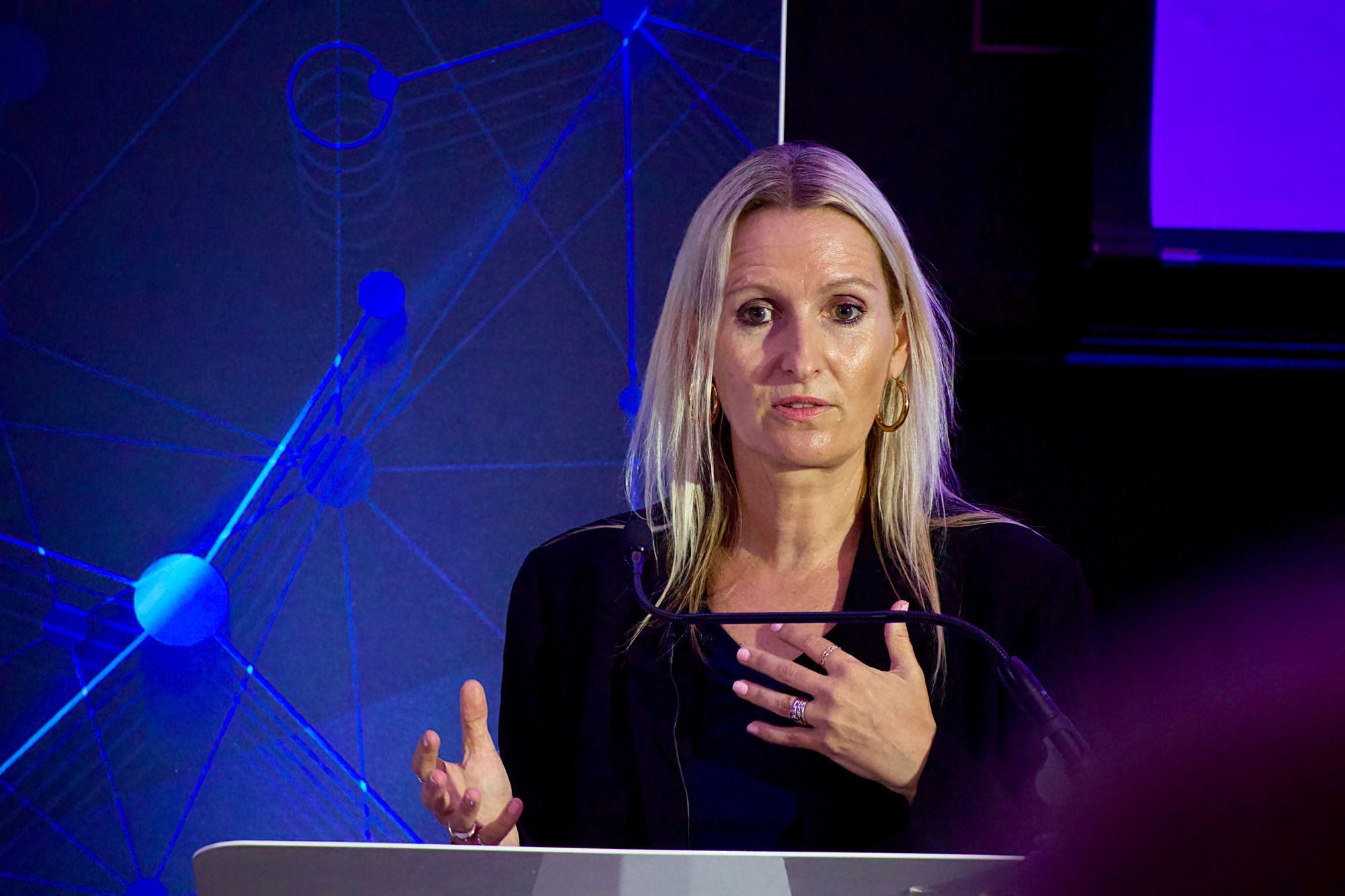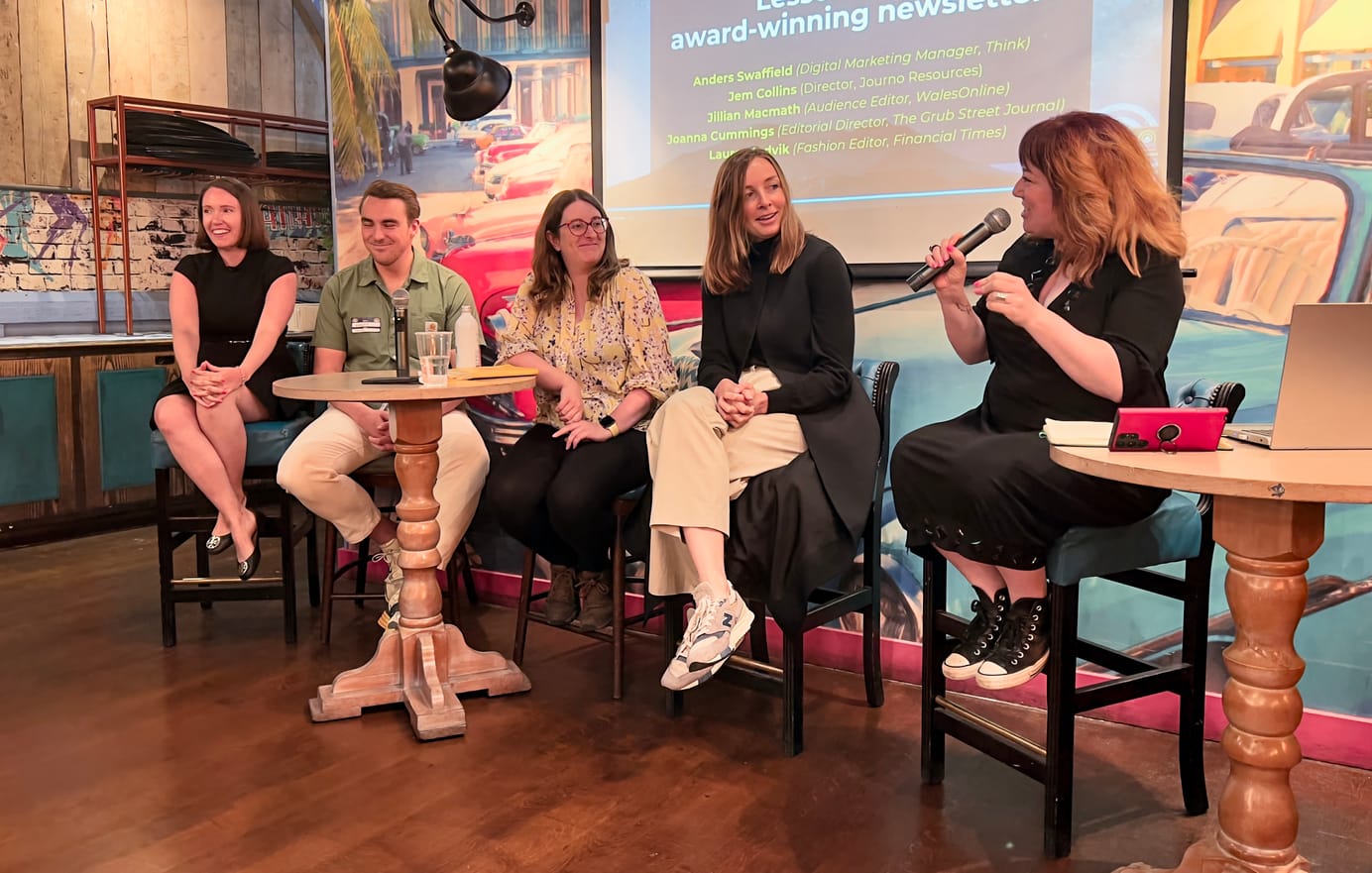
Why DC Thompson is putting communities at the heart of its business
Scottish publisher DC Thompson is rethinking its strategy around communities, becoming both a member of them, but also a source of expertise on them they can sell to others.
A keynote talk by Ella Dolphin, SEO of the Stylist Group, Beano Studios and chief brand officer, DC Thompson.
Ah, nothing lifts you out of the post-lunch lull at a conference like hearing something you long for publishers to say: DC Thompson is reorganising around communities. “Audiences” suggest passive consumption, while “communities” suggest interaction and participation. And that's precisely what the company’s Ella Dolphin suggested was the case. She sees their brands becoming “advisors, advocates, and connections of the community”.
This doesn’t look like just marketing fluff. They’re doing the technical work to support this behind the scenes. For example, they’re creation common infrastructure around those communities, including data pools. And that’s an important part of the business approach behind this initiative. But let’s look at the communities they’re working with first.
DC Thompson’s core communities

There are eight communities:
- Local
- Energy
- Companionship
- Mental Agility – puzzle mags
- Advocacy – leading the charge for women
- Hobbies
- Gen Alpha – Beano, and other children’s titles.
- Genealogy
Purpose & Performance
The question of purpose has become fundamental to these communities. “We’re asking for a transaction: participation and payment,’ she says. “If they know what you’re doing for the community, it’s easier to make that transaction.”
And so, you also need… performance. High levels of participation and engagement drive the subscriptions.
Case Studies
Beano
It’s 85 years old, born in the days when you could make a lot of money in comics. The last few years they’ve seen super-charged growth, from subscriptions to the printed comic. And this is down to purpose.
The purpose? Literacy of children: reading for the sheer joy of it. They have lessons for schools, which are downloadable for free by teachers. They send boxes of Beanos to schools. You get kids sitting on the mats, and reading, and laughing. A significant proportion of Beano subscriptions are kid-led – they requested it from their parents. (My daughters certainly did…)
Creating a more diverse cast, including in the Bash Street Kids, has led to subscription growth, too.
Adam’s aside
There were a couple of questions asked about the Beano being made “politically correct”. In particular, the Bash Street Kids has seen Fatty renamed Freddy, Spotty renamed Scotty and some more ethnically diverse girls added. Dolphin argued that they were just reflecting Gen Alpha’s tastes back to them. And my one experience with my daughters backs that up. They are delighted to see more girls in the strip — and my eldest even uses a Harsha (one of the new characters) enamel mug while we’re camping…
The data they capture, and the research they do, feeds into Beano Brain, which has become a B2B consultancy for children-orientated brands. They publish an annual list of cool brands among kids.
Local News: The Courier and The Press & Journal

Covering Dundee and the area, the title believes that news happens on the streets. And so they’re looking to strengthen their links with the community. They run business awards, to help strengthen the local economy.
The Press and Journal is 275 years old this year. Covering the Aberdeen area, they’re launched the P&J 275 community fund to support local charities.
The insight engines lying behind their titles give material for their data journalists to convert into stories. For example, they track empty retail unit on the high street, especially Union Street in Aberdeen. But they also do some solutions journalism, encouraging councillors to come up with uses for these units.
They’re going for the value exchange with readers – they have a paywall for the digital site, with 30,000 subscribers. “They’re mission-based subscribers, not transaction ones,” she says. “They ‘join’ rather than ‘subscribe’.”
Advocacy: Stylist
Founded 13 years ago as a free magazine, it’s set out its stall as an advocate for women. And they’re building on that, trying to represent all kinds of women in the magazine, and since the pandemic, spending that advocacy across all channels, including workshops and talks.
And that starts building the data engine for the title, as people sign up and buy tickets.
Media = Community
“Community is the next pages of media”, said the FT’s Finola McDonnell. And Dolphin agrees completely.
DC Thompson has a quality reads score – and they move the quality read behind the paywall. The more they read feature-led content, the less resistance there is to subscription. There’s been no outrage at the paywall. “People understand that if it’s good, and means something to them, at some point there will be a transaction,” says Dolphin.
Sign up for e-mail updates
Join the newsletter to receive the latest posts in your inbox.










